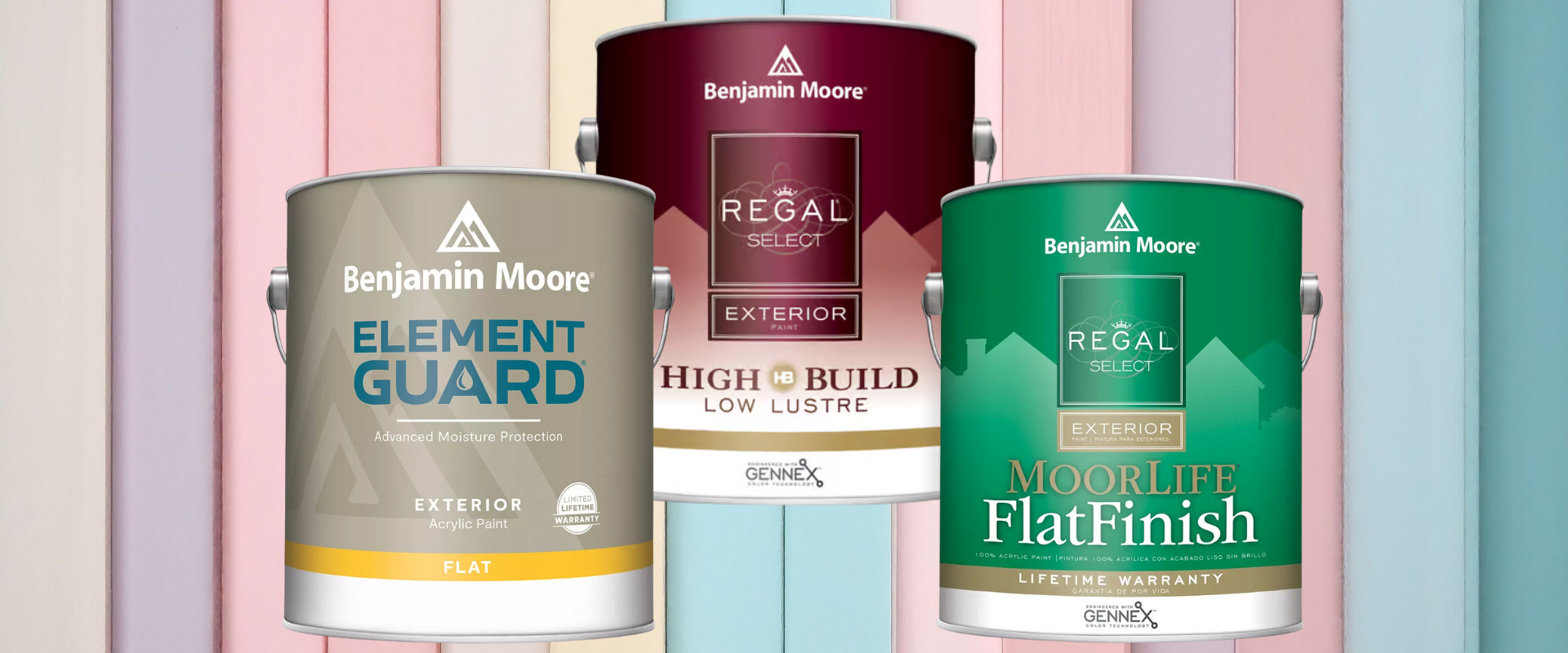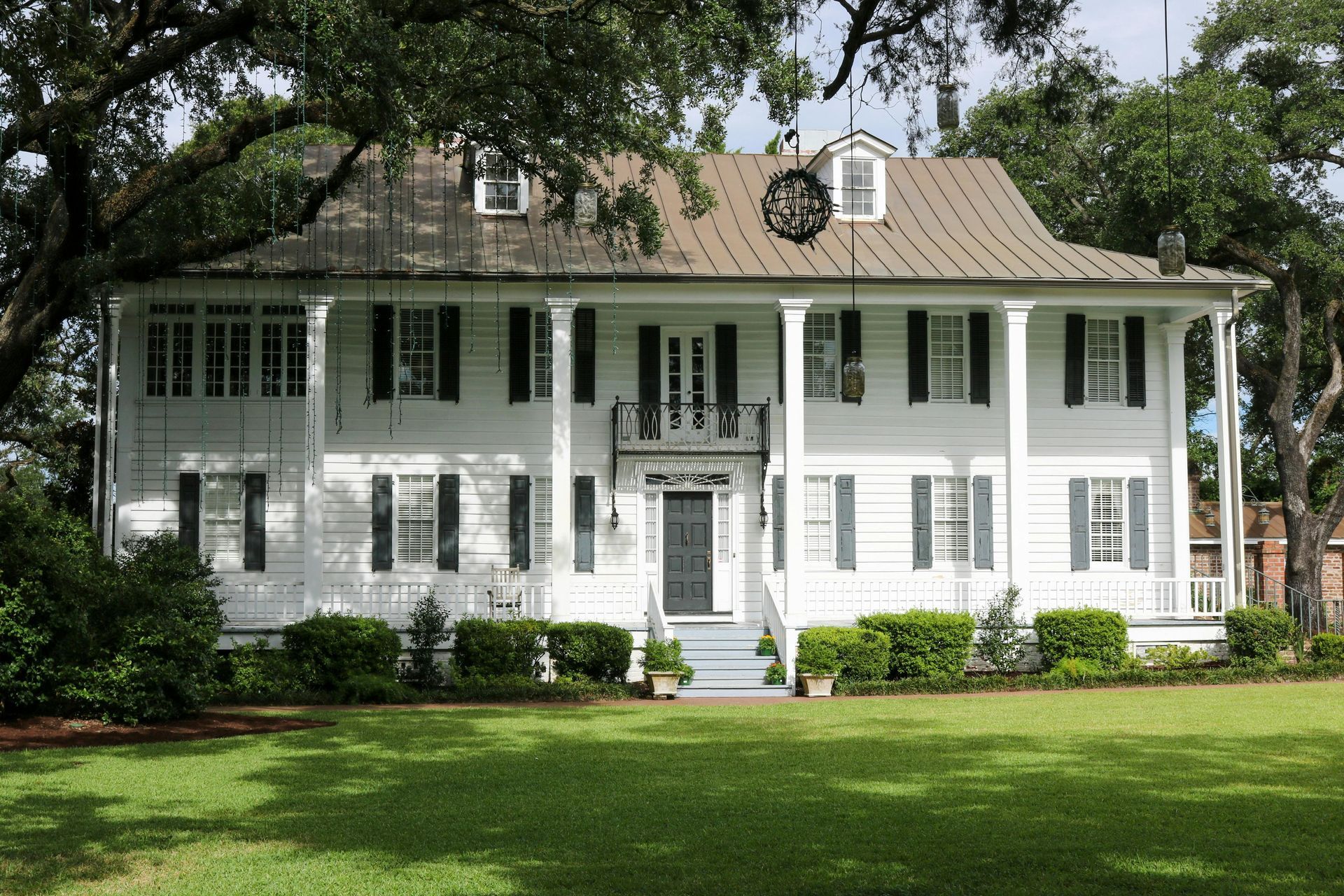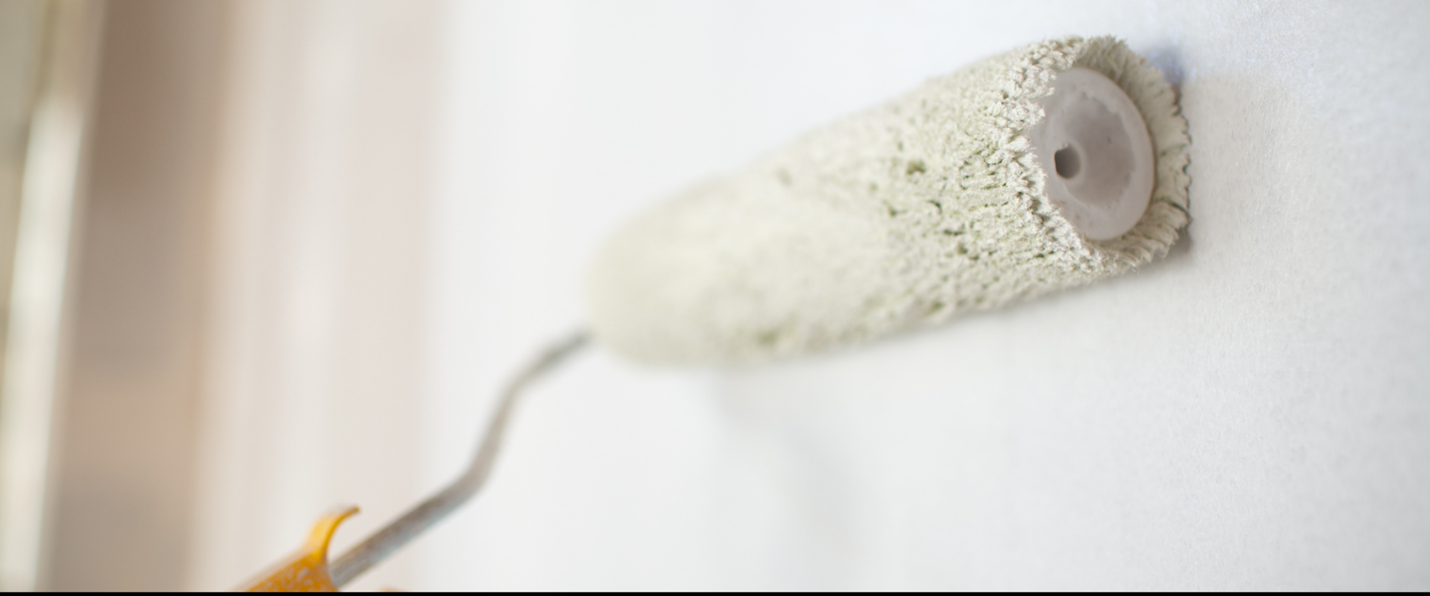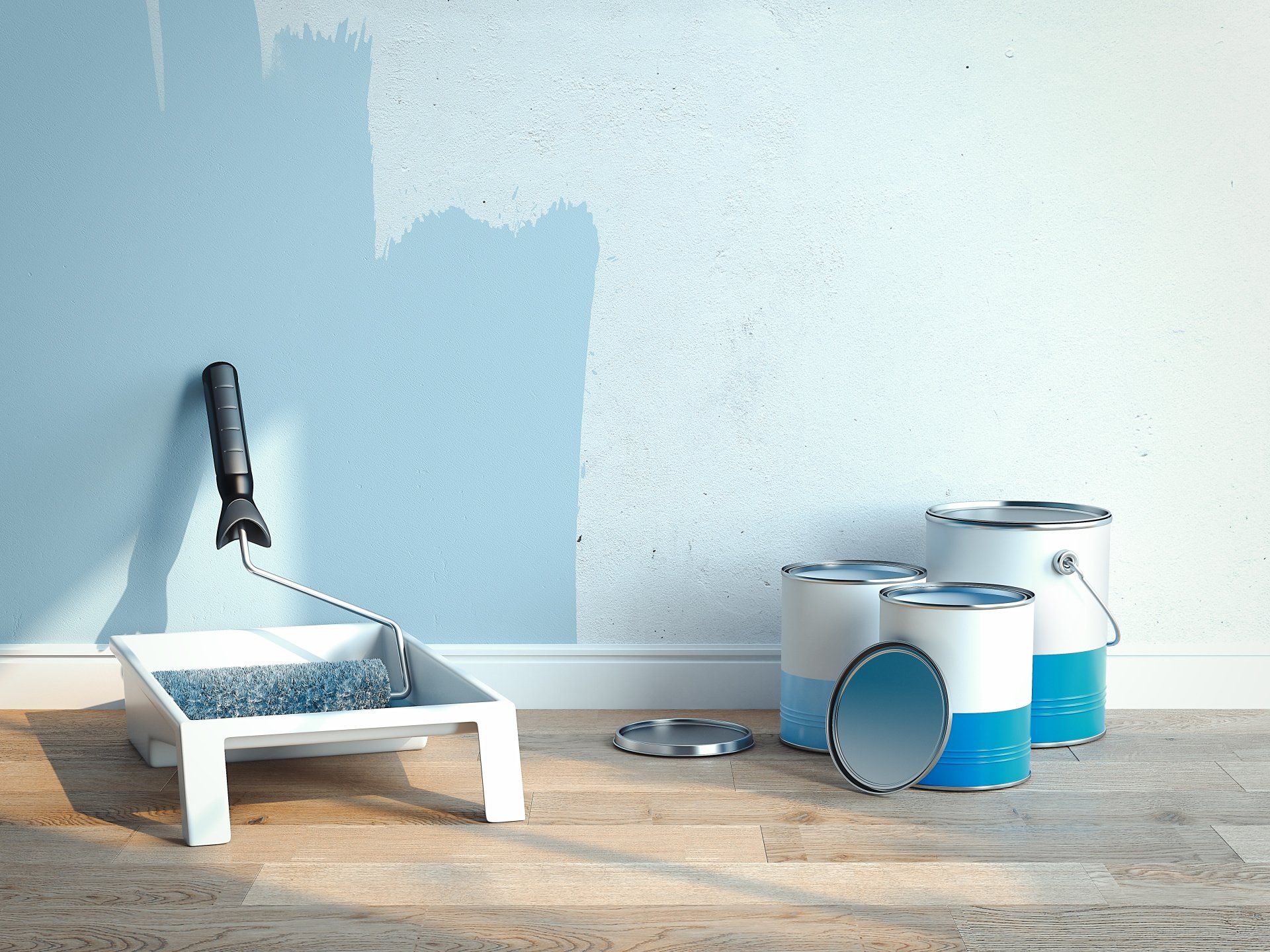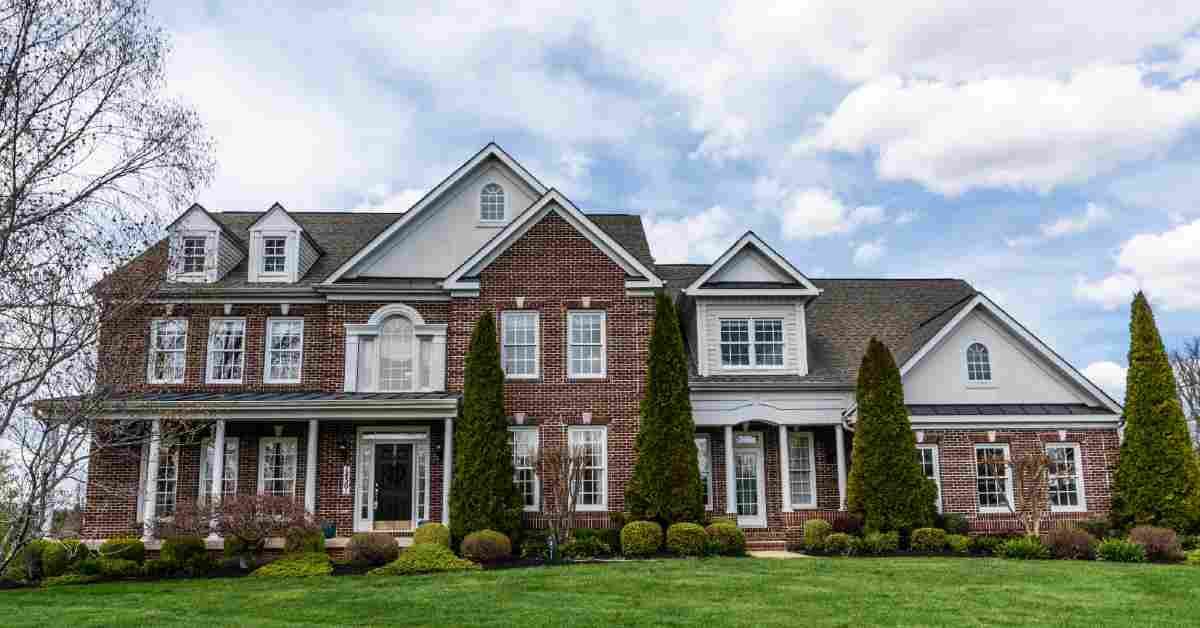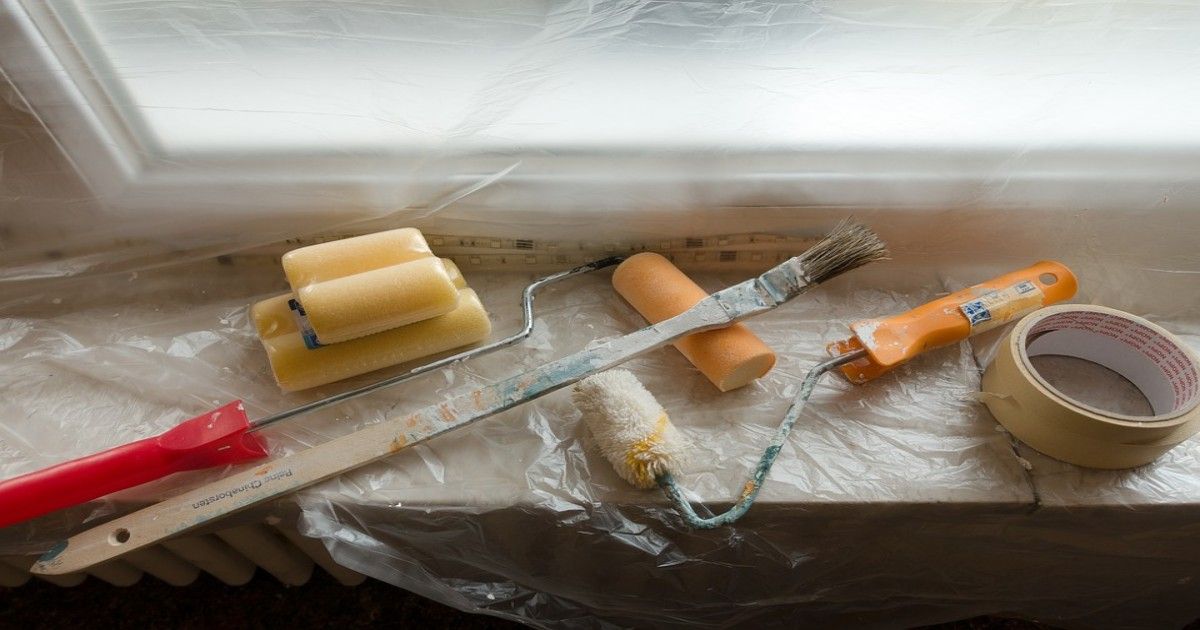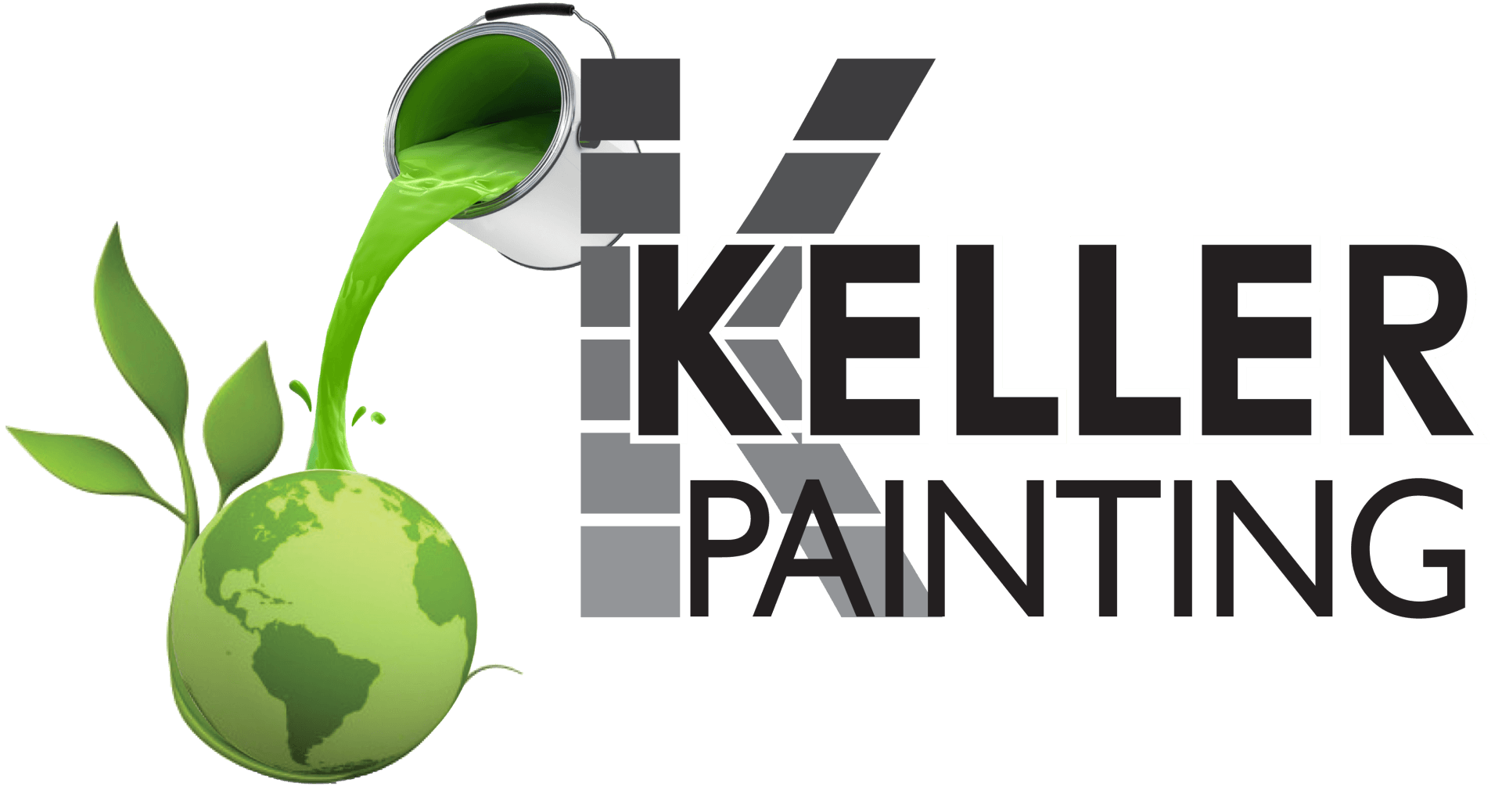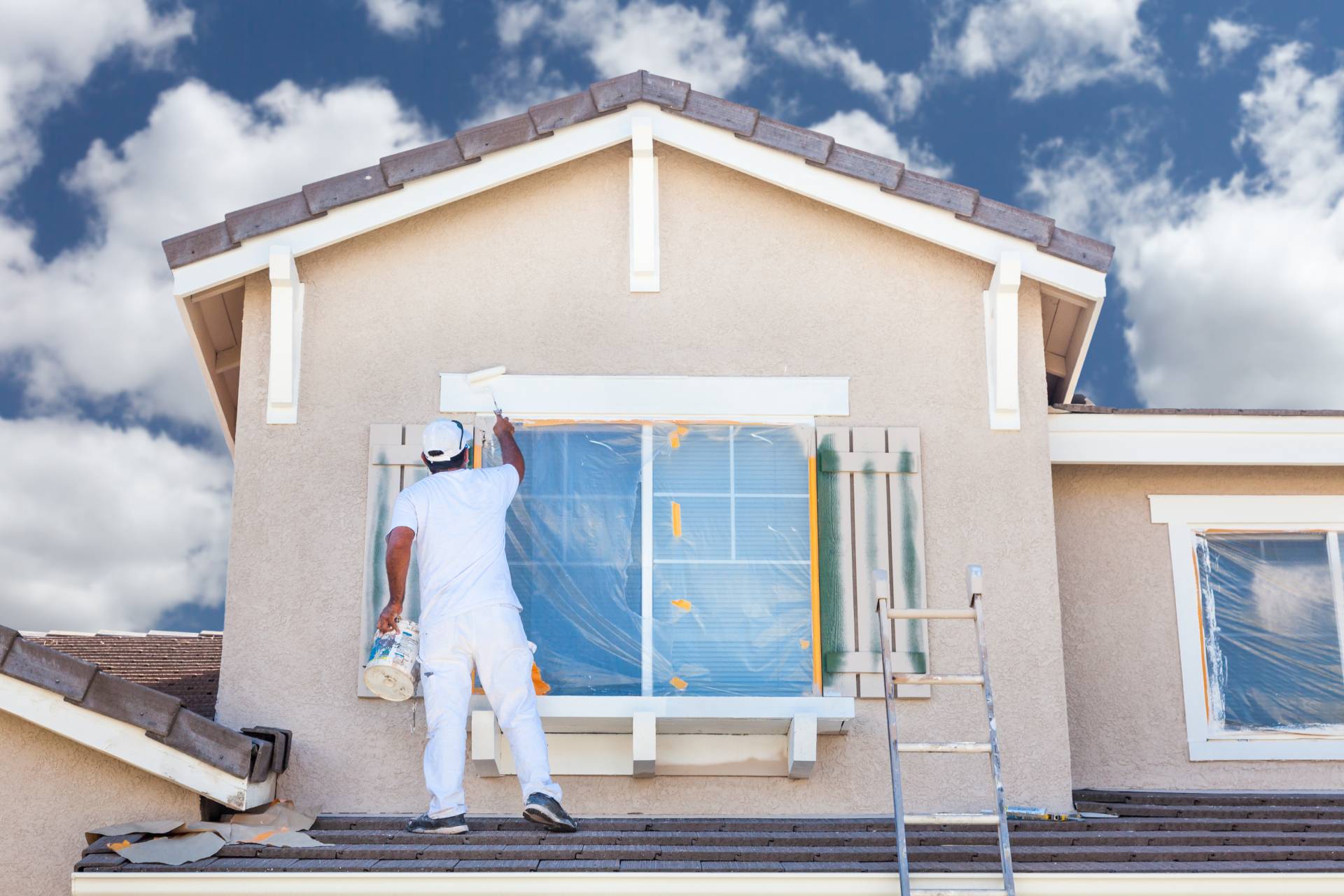How Michigan Weather (Snow, Freeze, Humidity) Affects Exterior Paint Durability
Michigan homeowners know that Mother Nature isn’t always kind to houses. From icy winters to humid summers, the state’s climate can be brutal on siding, roofing, and most noticeably, exterior paint. Your home’s paint isn’t just about style and curb appeal; it serves as the first layer of defense against the elements. But how exactly does Michigan’s weather affect exterior paint durability, and what can you do to protect your home? Let’s take a deep dive.
Why Exterior Paint Matters in Michigan
Exterior paint does more than look good. It protects wood, vinyl, and other surfaces from moisture penetration, sun damage, and premature deterioration. For Michigan homeowners, paint longevity is often shorter than in states with milder climates because of the constant cycle of freezing, thawing, and moisture buildup.
Research shows that freeze–thaw cycles place significant stress on coatings and the materials underneath them. In one laboratory study, polymer-coated materials experienced 30%–60% less mass loss than uncoated materials after repeated freeze–thaw cycles, proving that coatings (like exterior paint) play a crucial role in protecting surfaces from this type of damage.
How Snow and Ice Damage Exterior Paint
Snow may look picturesque against a freshly painted home, but it can shorten the life of your paint.
- Moisture absorption: As snow piles against siding, water can seep into microscopic cracks in paint. When it freezes, it expands, causing peeling and blistering.
- Ice dams on roofs: Ice buildup near gutters can drip down siding, leaving streaks and damaging the painted surface.
- Salt exposure: Road and driveway salt kicked up onto the lower siding can corrode surfaces and stain paint.
If you’ve ever noticed bubbling or chipping near the base of your home after a harsh winter, you’ve seen the effects of snow and ice firsthand. This is why residential painters in Michigan often recommend high-quality primers and paints formulated for cold climates.
The Freeze–Thaw Cycle: Michigan’s Paint Enemy
One of the biggest culprits behind fading and cracking paint in Michigan is the freeze–thaw cycle. During the day, temperatures may rise enough to melt snow and ice. At night, the temperature plummets, refreezing that moisture. This daily expansion and contraction cycle weakens the bond between the paint and the surface underneath.
Professional exterior painters know that selecting the right exterior paint finish and applying it under the correct conditions can make a huge difference in paint performance against Michigan’s unpredictable swings.
Summer Humidity and Its Lasting Effects
While winter is harsh, Michigan summers bring their own challenges. Humidity levels often soar above 70%, which can drastically reduce exterior paint durability if the home wasn’t prepped and painted correctly.
Here’s how humidity affects your home’s paint:
- Slow drying times: Paint applied in high humidity takes longer to cure, increasing the risk of dirt or insects sticking to wet surfaces.
- Mold and mildew growth: Damp air promotes mold and algae, especially on shaded sides of the house.
- Warping of wood siding: When moisture seeps beneath the paint, wood expands, causing paint to crack and peel.
Choosing a breathable, mildew-resistant paint is essential for Michigan homes. Exterior house painters with local experience know which products stand up best against muggy Midwestern summers.
Sunlight and Fading Colors
Don’t underestimate the power of the sun. Even in northern states like Michigan, UV exposure takes a toll on exterior paint. South- and west-facing walls often fade more quickly because they receive the most direct sunlight. Bright colors like reds and yellows are especially prone to fading.
To combat this, many exterior paint specialists recommend UV-resistant formulations and lighter shades that reflect, rather than absorb, sunlight.
How Long Should Exterior Paint Last in Michigan?
In ideal conditions, quality exterior paint can last 7–10 years. But in Michigan, most homes need repainting closer to the 5–7 year mark because of harsh seasonal cycles.
Scientific studies back up the climate connection: one materials science study found that paint films become significantly more brittle at low temperatures (below 5°C) and lose elasticity, increasing the risk of cracking and failure. Combine that brittleness with Michigan’s freeze–thaw cycles, and it’s clear why paint lifespans here are shorter.
Extending the Life of Your Exterior Paint
Luckily, there are ways to make your paint last longer despite Michigan’s weather.
- Hire experienced residential painters who understand local climate challenges.
- Choose the right exterior paint finish; satin or semi-gloss finishes often resist moisture better than flat finishes.
- Prioritize surface prep: Cleaning, sanding, and priming are just as necessary as the final coat.
- Inspect annually: Look for early signs of peeling, bubbling, or mildew so you can act before the problem spreads.
- Schedule painting in the right season: Late spring and early fall provide the most consistent weather for applying paint in Michigan.
Why Professional Exterior House Painters Make a Difference
While DIY painting may sound tempting, Michigan’s climate makes exterior work tricky. Professional residential painters know how to account for humidity, temperature swings, and surface prep challenges. They also provide accurate painting estimates that consider both materials and labor, helping homeowners budget appropriately.
Local exterior paint specialists also stay up to date on the best products for Michigan conditions, whether that means using breathable coatings, flexible finishes, or UV-resistant paints. This expertise ensures your investment lasts as long as possible.
Michigan weather is unpredictable, but one thing is sure: it takes a toll on your home’s exterior paint. Snow, ice, freezing nights, humid summers, and harsh sunlight all contribute to fading, peeling, and cracking. The good news is that with the right products, prep work, and professional guidance, you can extend the life of your paint job and keep your home looking beautiful year-round.
If you’re seeing signs of wear on your exterior, don’t wait until the damage spreads. Reach out to a trusted exterior house painter in Michigan who can evaluate your home, provide reliable painting estimates, and recommend the best solutions for long-lasting exterior paint durability.

